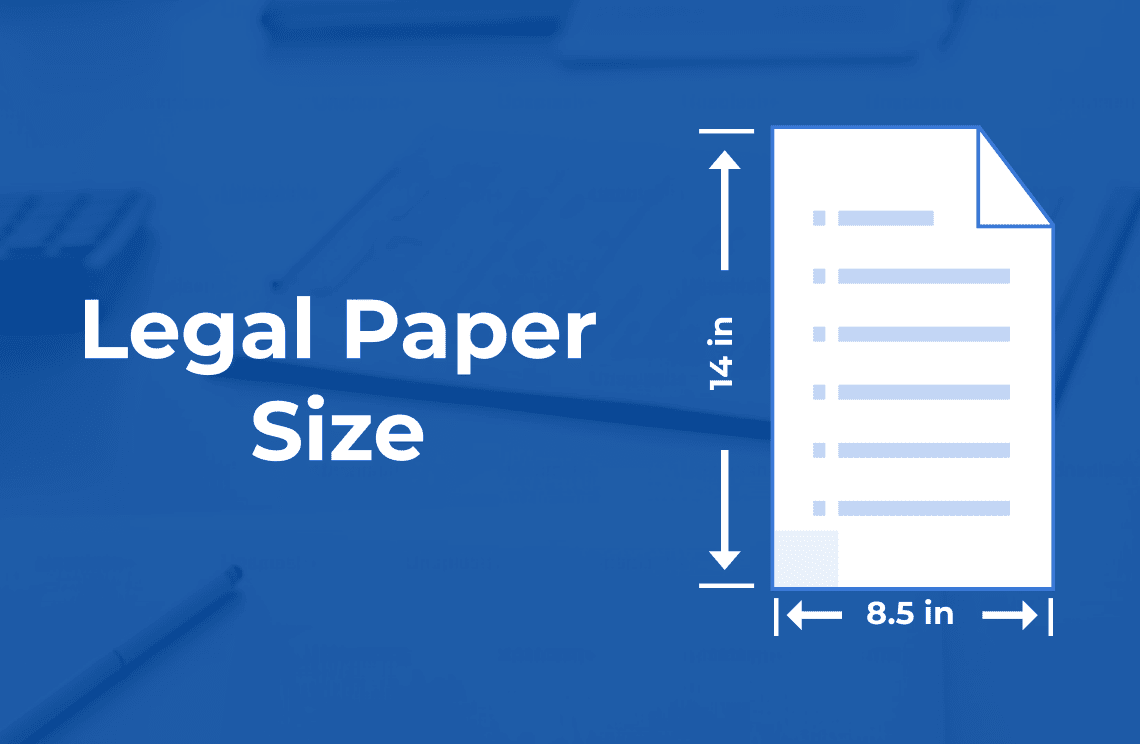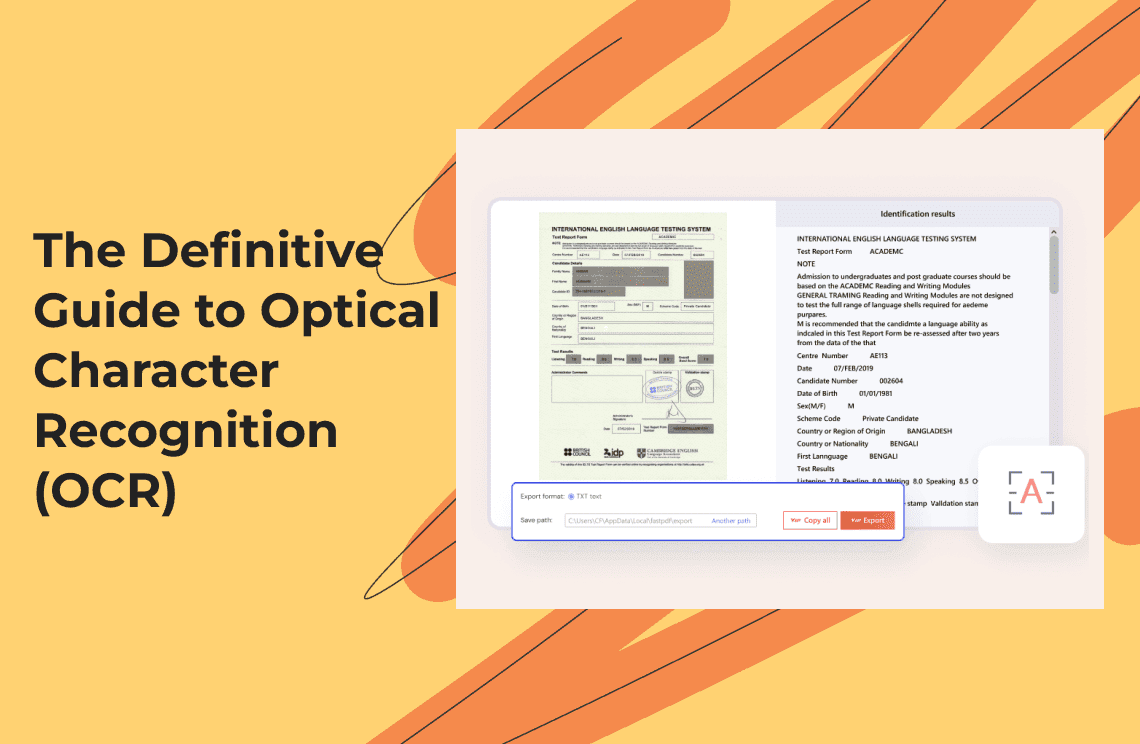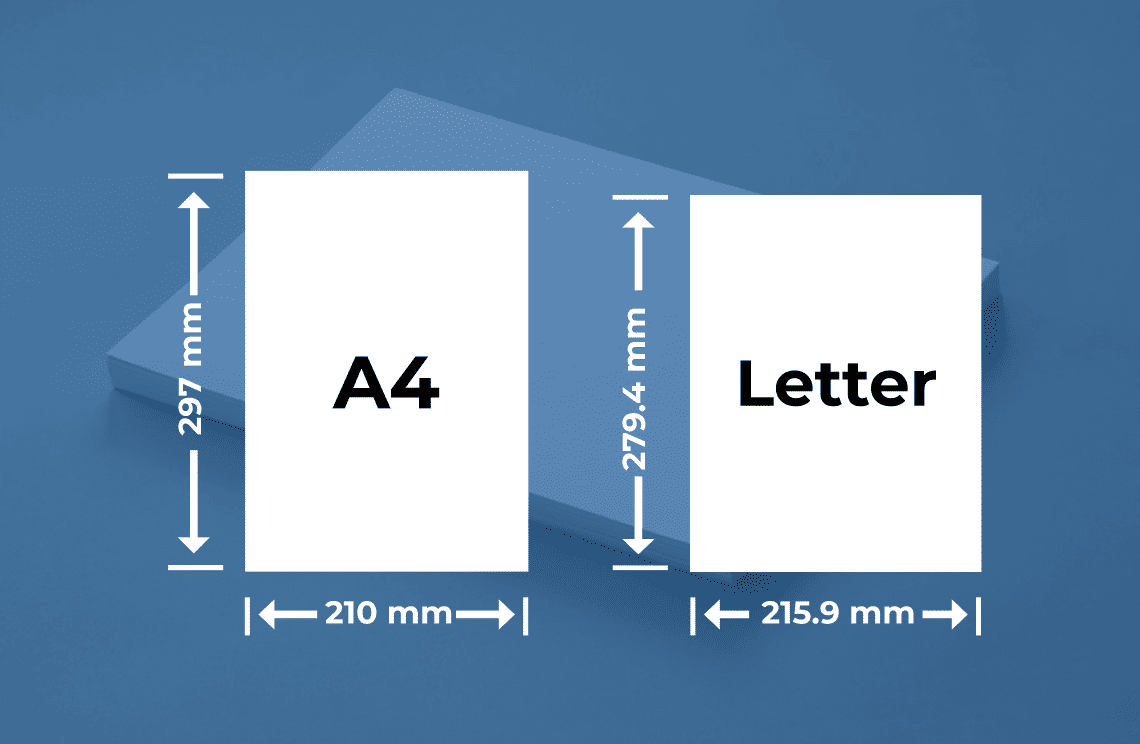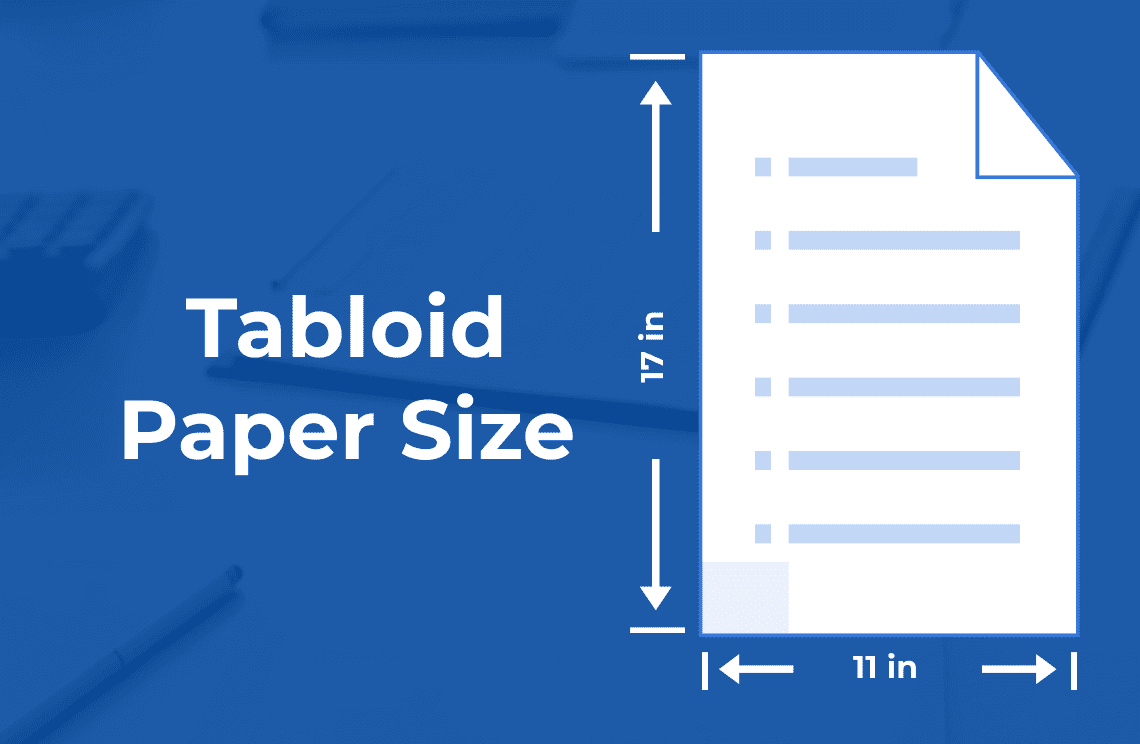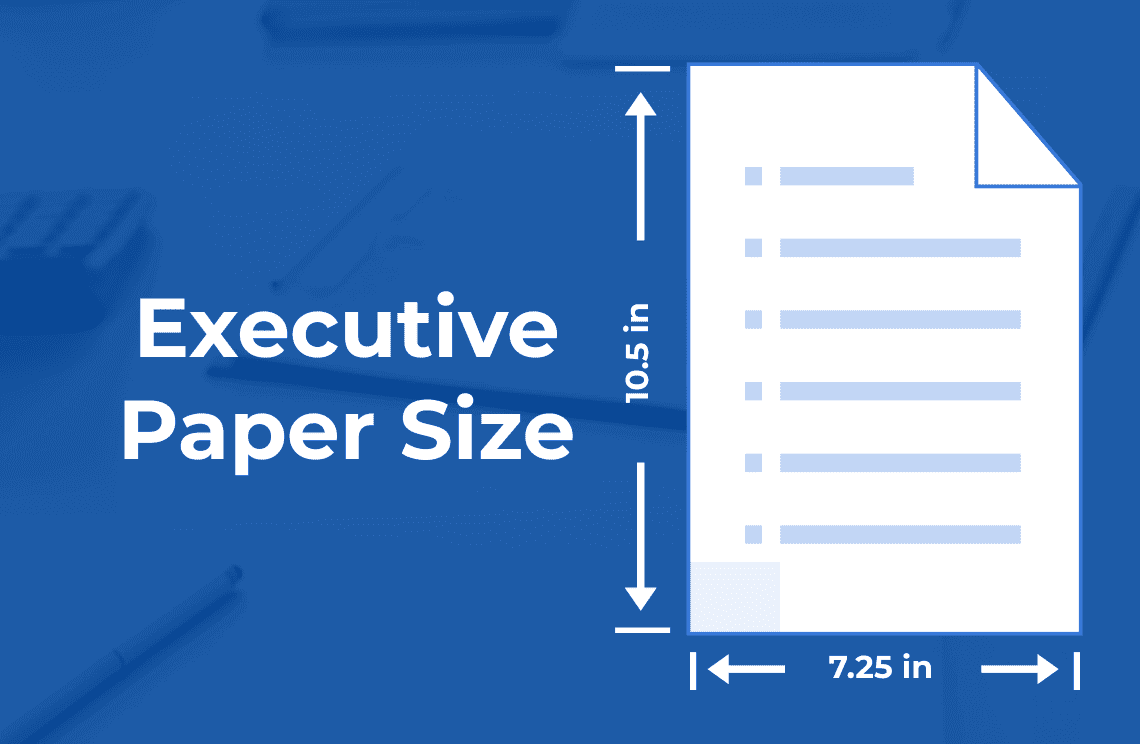Legal paper size is a standard paper format often used in professional and legal settings. While it might seem straightforward, there can be confusion about its exact dimensions, especially when compared to the more common letter-size paper.
The quick answer is: legal paper size is 8.5 inches by 14 inches.
Understanding Legal Paper Size
Legal paper is longer than standard letter-sized paper, making it suitable for documents that require more vertical space, such as contracts, legal briefs, and official forms. Its dimensions are designed to accommodate the specific formatting needs of these types of documents.
Legal Paper Size Dimensions
To provide precise measurements, the legal paper size is as follows:
- Inches: 8.5 inches x 14 inches
- Millimeters: 216 mm x 356 mm
- Centimeters: 21.6 cm x 35.6 cm
It's important to note that these dimensions are consistent across the United States and Canada. However, other countries might use different paper sizes, such as A4 paper, which is more common internationally.
Why Legal Paper Matters
The use of legal paper extends beyond the legal realm. It's also common in business, government, and other professional fields. For instance, financial reports, official forms, and technical documents often benefit from the extra length that legal paper provides. By understanding the dimensions and purpose of legal papers, you can ensure that your documents are presented in the most appropriate format.
Legal Paper vs. Letter Paper
To fully appreciate the significance of legal paper, it's helpful to compare it to the more familiar letter size. While both are commonly used, their dimensions differ significantly:
- Letter paper: 8.5 inches by 11 inches
- Legal paper: 8.5 inches by 14 inches
The extra three inches of length on legal paper make a substantial difference in the amount of content that can be included on a single page.
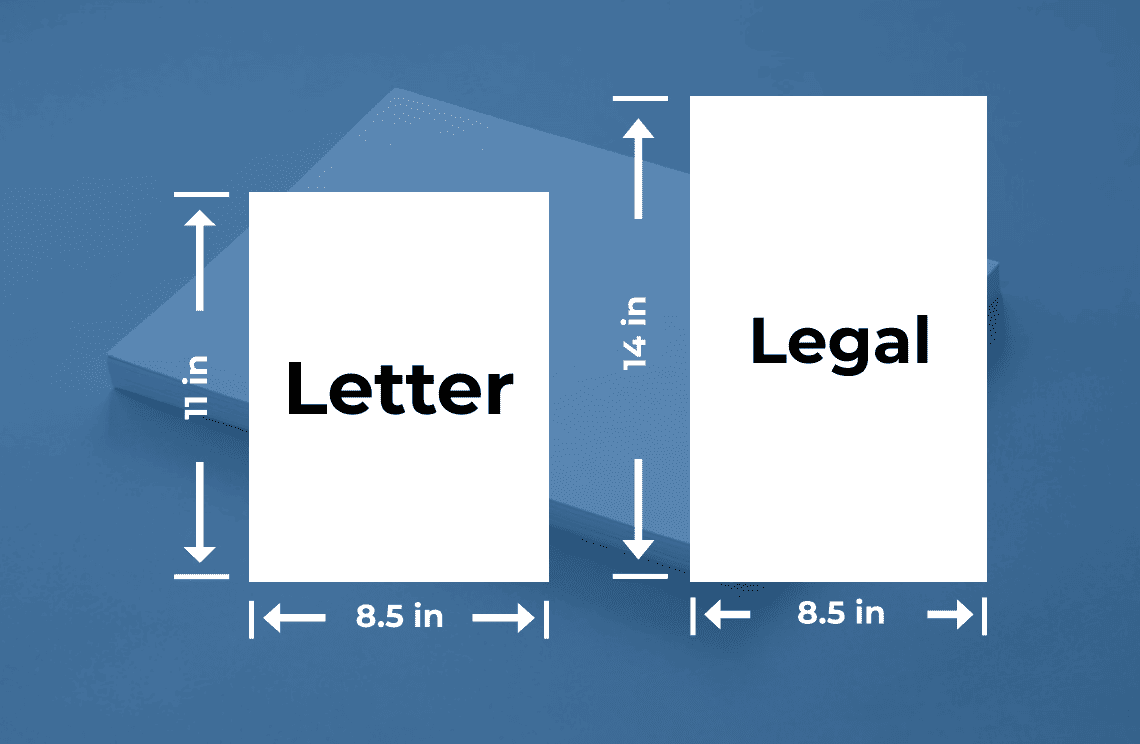
Additional Considerations When Choosing Paper
While paper size is crucial, other factors influence your paper choice:
- Paper weight: Determines the thickness and durability of the paper.
- Paper type: Different paper types (bond, resume, etc.) have varying finishes and purposes.
- Envelopes: Ensure you have the correct size envelopes for legal-sized documents.
As technology advances, the use of digital documents is increasing. While physical paper still has its place, especially in legal and professional settings, it's essential to consider the environmental impact and storage requirements when choosing paper.
In a Nutshell
Understanding legal paper size is vital for accurate document creation and printing. By knowing the dimensions and common uses of legal paper, you can ensure your documents meet the required standards. Remember to consider other paper characteristics like weight and type to suit your specific needs.
By choosing the right paper size, you contribute to clear and professional communication.
FAQ about the Legal Paper Size and Dimensions
Q: Can I use letter-sized paper for legal documents?
A: While it's technically possible, using letter-sized paper for legal documents might not be ideal as it might not accommodate the required content. It's recommended to use legal-sized paper for legal and professional documents.
Q: What is the difference between legal and executive paper sizes?
A: Executive paper is smaller than legal paper and measures 7.25 inches by 10.5 inches. It's often used for business correspondence and envelopes.
Q: How can I manage legal documents digitally?
A: With the increasing use of digital documents, tools like PDF Agile can help you manage legal documents efficiently. PDF Agile allows you to create, edit, sign, and share legal documents digitally, reducing the need for physical paper.
Q: Are there any environmental alternatives to legal paper?
A: Yes, there are eco-friendly paper options made from recycled materials or sustainable sources. Additionally, digital documents can significantly reduce paper consumption.

